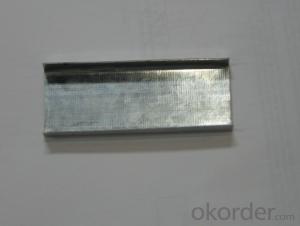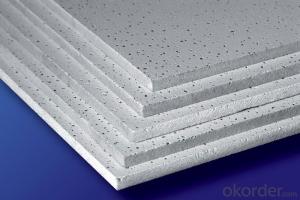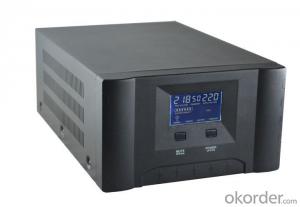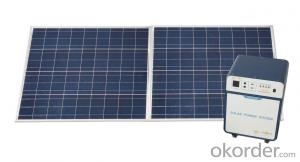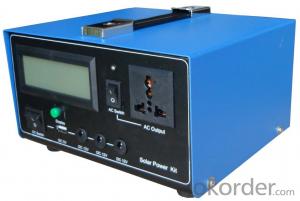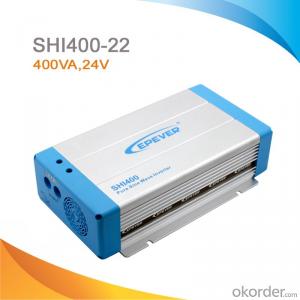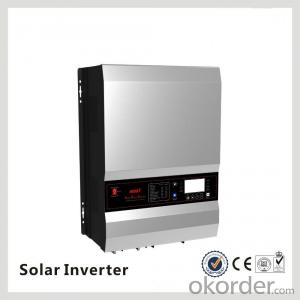Solar Power To Inverter
Solar Power To Inverter Related Searches
Best Stainless Steel For Knives Primer For Galvanized Steel H S Code For Stainless Steel Wd 40 For Stainless Steel Spray Paint For Stainless Steel Glue For Stainless Steel Drill Bits For Stainless Steel Spray For Stainless Steel Welder For Stainless Steel Diamond Grinding Wheels For SteelHot Searches
Steel Mesh Panels For Sale Price For Stainless Steel Scrap Scrap Price For Stainless Steel Stainless Steel Tank For Sale Cheap High Tea Sets For Sale Stainless Steel Tanks For Sale High Density Fiberboard For Sale Solar Hot Water Collectors For Sale Scaffolding For Sale In Uae Scaffolding For Sale In Ireland Scaffolding For Sale In Houston Type Of Inverter For Solar Price Of Shipping Containers For Sale Types Of Inverter For Solar Stock Price For Aluminum Used Solar Inverter For Sale Portable Led Signs For Sale Stone Hot Water Bottles For Sale Aluminum Coil Stock For Sale Steel Mesh Panels For SaleSolar Power To Inverter Supplier & Manufacturer from China
Okorder.com is a professional Solar Power To Inverter supplier & manufacturer, offers integrated one-stop services including real-time quoting and online cargo tracking. We are funded by CNBM Group, a Fortune 500 enterprise and the largest Solar Power To Inverter firm in China.Hot Products
FAQ
- Yes, a solar inverter can be used with different types of solar PV systems, including roof-mounted and ground-mounted systems. Solar inverters are designed to convert the DC (direct current) electricity generated by solar panels into AC (alternating current) electricity that can be used in homes or fed back into the grid. Regardless of the installation type, the solar inverter's function remains the same.
- A solar inverter is necessary in a solar power system because it converts the direct current (DC) produced by solar panels into alternating current (AC) that can be used to power household appliances and be fed back into the grid. Without a solar inverter, the DC power generated by solar panels would be incompatible with the electrical grid and unable to be utilized effectively.
- Yes, a solar inverter can be connected to a battery storage system. In fact, this is a common setup in many residential and commercial solar installations. The solar inverter is responsible for converting the direct current (DC) generated by the solar panels into alternating current (AC) that can be used to power electrical appliances. By connecting a battery storage system to the solar inverter, excess energy generated by the solar panels can be stored in the batteries for later use, such as during periods of low sunlight or during power outages. This allows for greater energy independence and the ability to maximize the utilization of solar energy.
- A solar inverter handles grid synchronization during startup by employing advanced control algorithms. It continuously monitors the grid voltage and frequency, aligns itself with the grid parameters, and gradually increases its output power to match the grid. This synchronization process ensures that the solar inverter seamlessly integrates with the grid and provides stable and synchronized power generation.
- A solar inverter handles partial shading on solar panels by utilizing a technique called Maximum Power Point Tracking (MPPT). MPPT allows the inverter to continuously track the optimal operating point of each individual solar panel, even if some panels are partially shaded. By constantly adjusting the voltage and current levels of the panels, the inverter ensures that the shaded panels do not significantly affect the overall system performance, maximizing the energy output of the entire solar array.
- A solar inverter handles shade on solar panels by employing a technology called Maximum Power Point Tracking (MPPT). MPPT allows the inverter to constantly monitor the output of each individual solar panel and adjust the voltage and current to maximize the power output. When shade is present on one or more panels, the inverter can dynamically optimize the power generation by bypassing the shaded panels or reducing their impact on the overall system performance.
- A string inverter is a central inverter that converts the DC power generated by multiple solar panels connected in series into AC power. On the other hand, a microinverter is a smaller inverter that is attached to each individual solar panel, converting the DC power generated by each panel into AC power. The main difference is that string inverters are used for multiple panels, while microinverters are used for individual panels.



